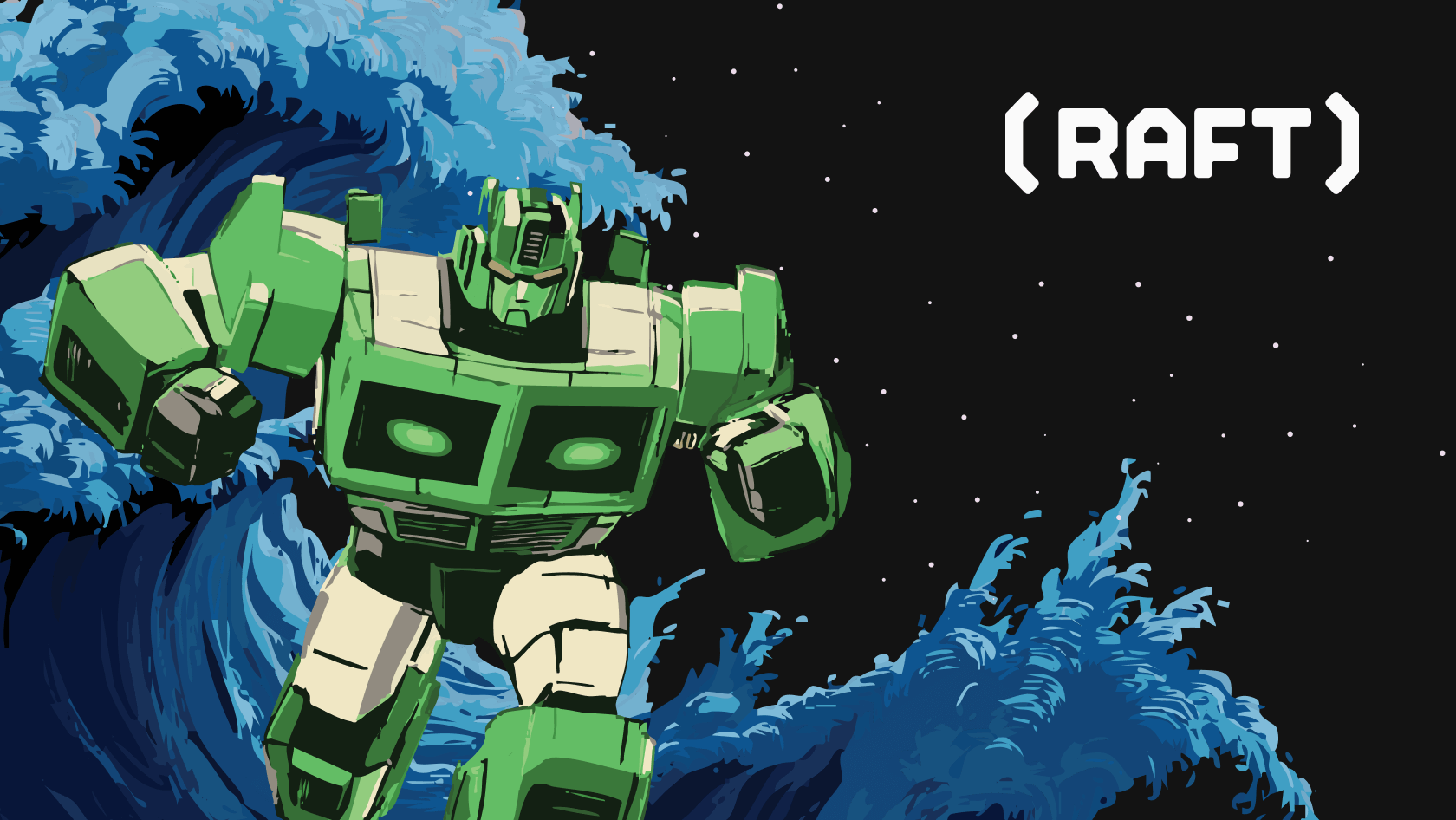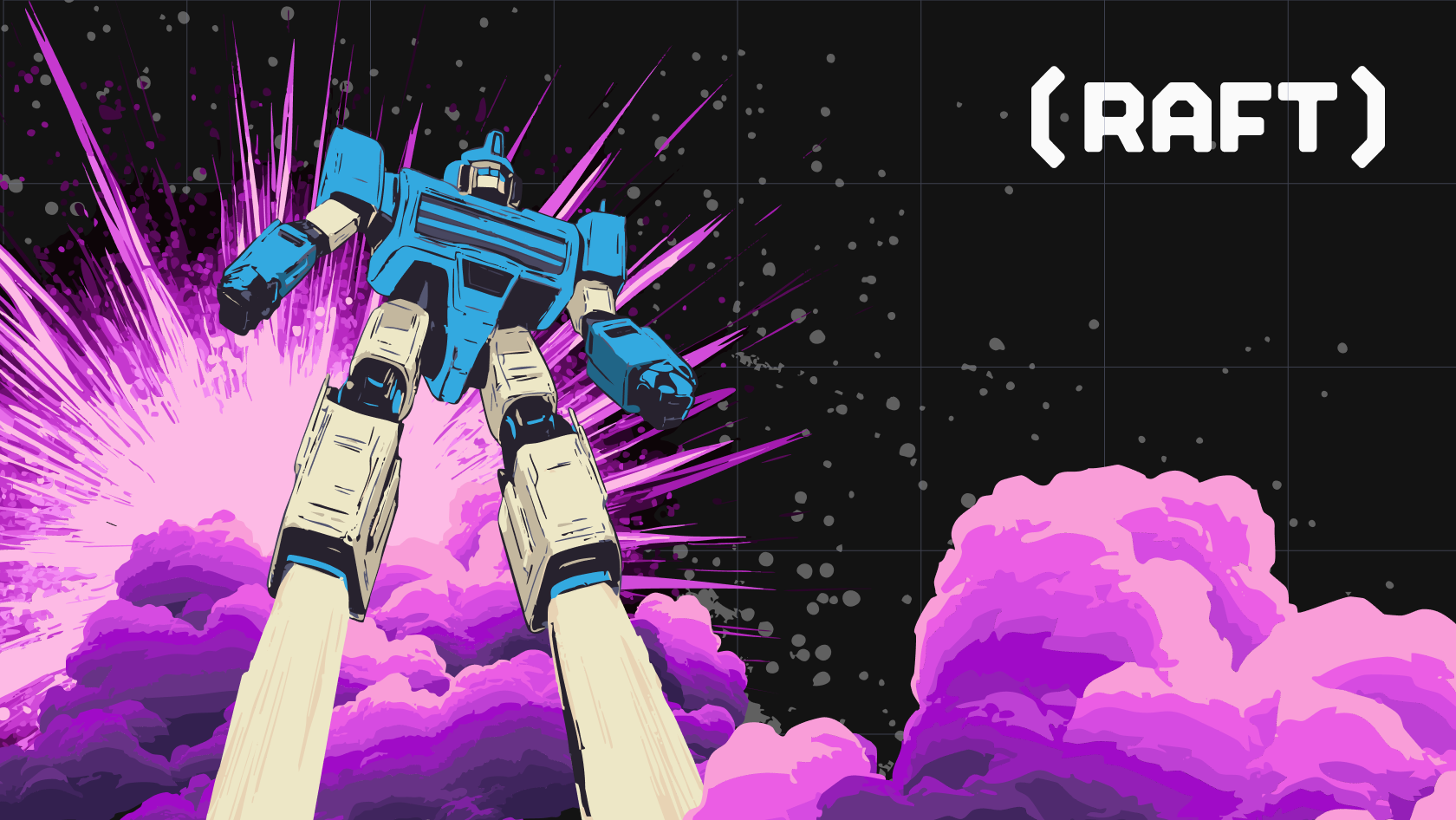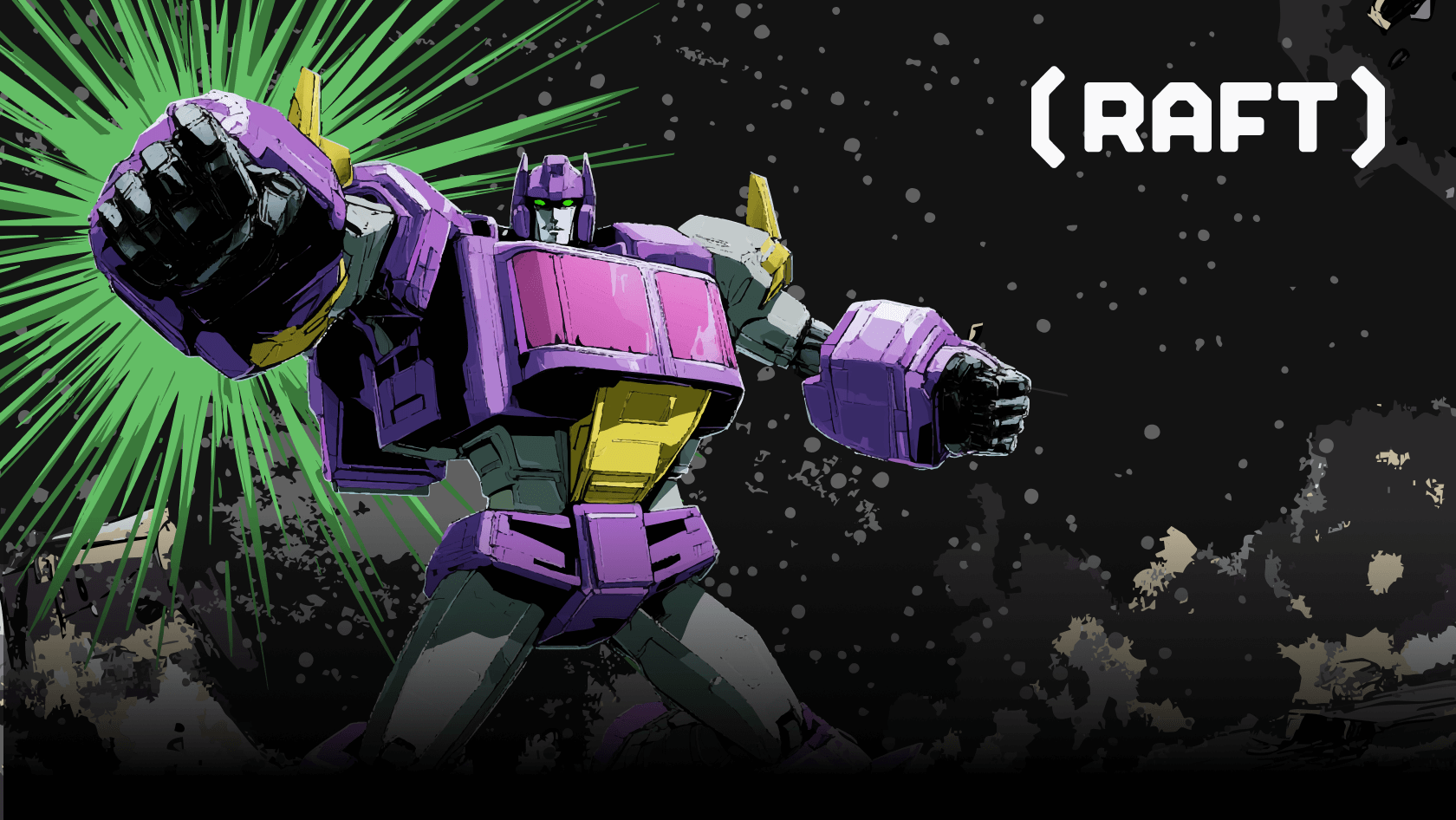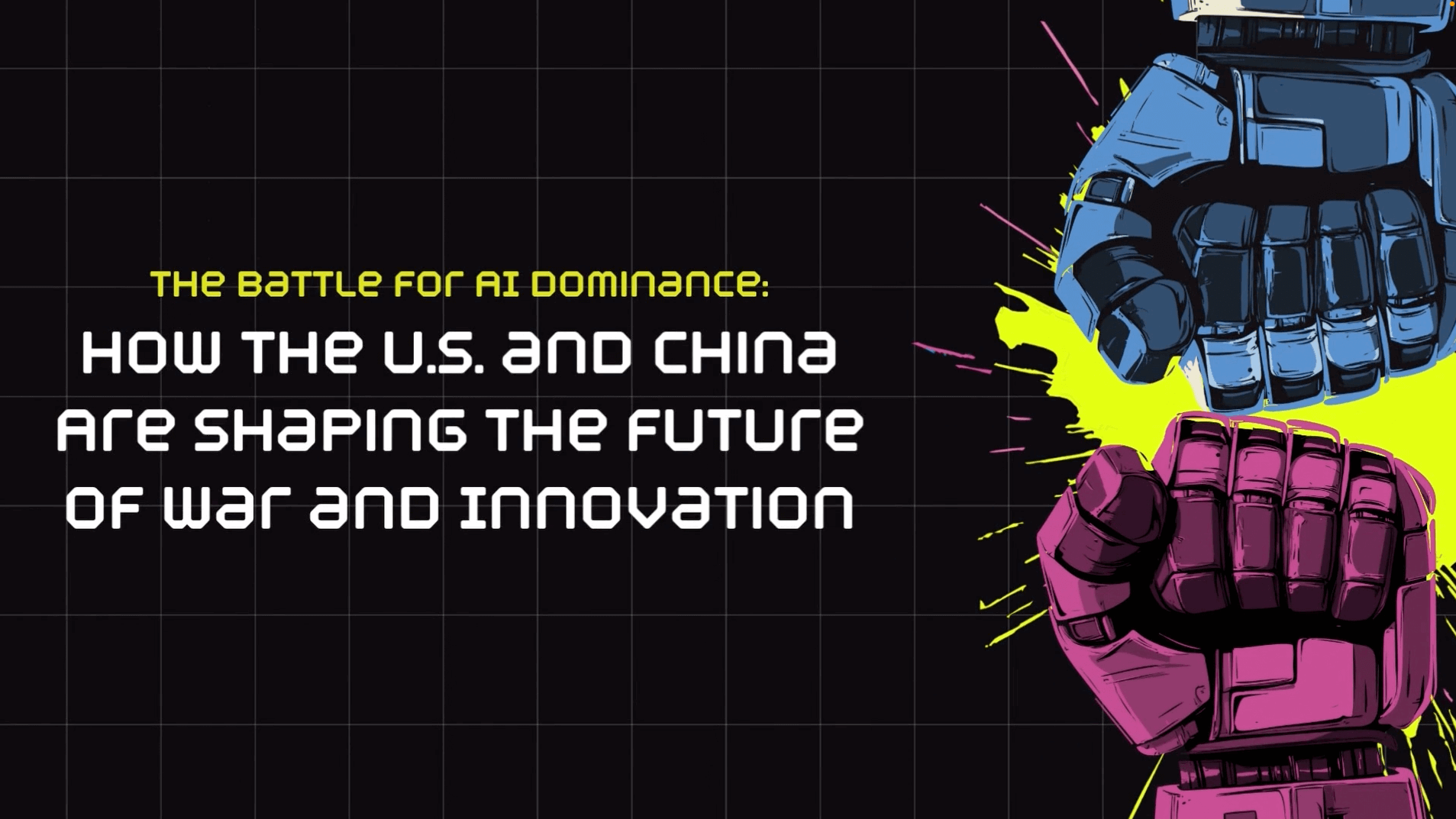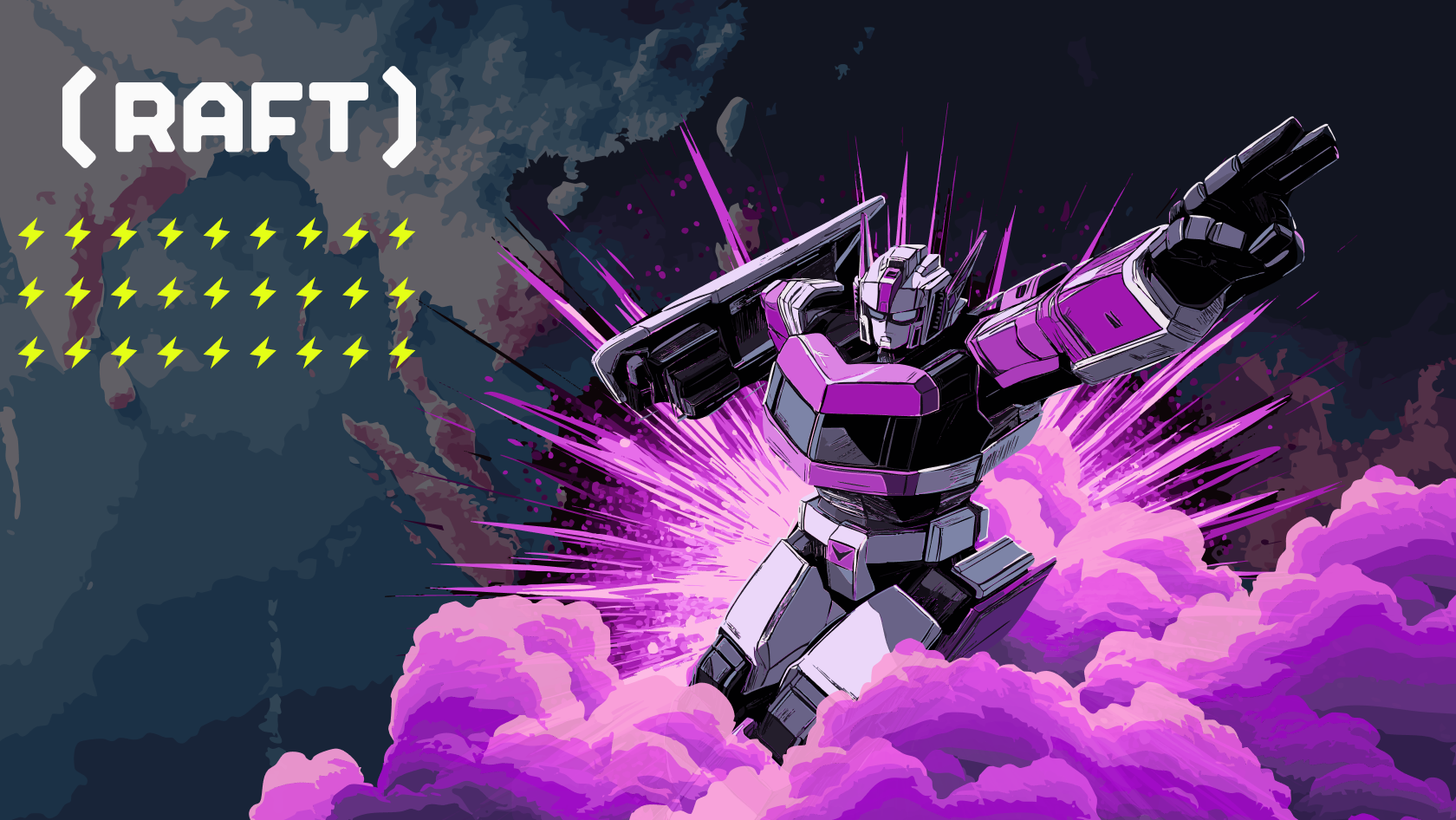McLean, VA, 6 May 2025 – The Hill published an op-ed by Raft Founder & CEO Shubhi Mishra highlighting the urgent need to modernize the U.S. military’s data infrastructure in the Pacific.
The piece outlines how aging, siloed systems are putting warfighters at risk, and contrasts America’s fragmented tech stack with the integrated defense models of China and Israel.
Shubhi makes the case for a third path: investing in data fusion and AI-driven interoperability to unify best-in-class systems—preserving U.S. innovation while enabling real-time decision-making at the edge.
Read the full editorial here or below:
The U.S. military is fighting a 21st-century war with 20th-century tools. Nowhere is this more obvious or consequential than in the Pacific, where the challenge isn’t just military might – it’s data. Real-time information, sensor fusion, and rapid decision-making are the new high ground, and we’re currently trying to scale it with systems that were designed before smartphones even existed.
Our surveillance and targeting infrastructure in the Pacific are a patchwork of aging sensors, mismatched software, and disconnected networks. Many of these systems were built decades ago – not just in the sense of age, but also in approach. One radar system might have been developed in the 1980s, another in the 1990s, each by a different defense contractor using proprietary tech and communication standards.
The result? A fractured system where tech can’t communicate, where data sits in silos, and where decision-making is slower.
Contrast that with Israel’s Iron Dome, the model of modern defense. It’s not the gold standard because of its interceptors or radar – it’s so effective because of the system’s cohesion. Built end-to-end by one company, everything in Iron Dome speaks the same language. From detection to interception, data moves instantly and clearly, enabling rapid responses and precision targeting. It’s clean, integrated, and lethal.
China, too, benefits from this model – not by private innovation, but through centralized control. Every sensor, ship, missile, and satellite operates under the umbrella of the Chinese Communist Party. That level of command and control is a major technological advantage. It means systems don’t have to “integrate” – they were built integrated. The result is faster coordination and more effective operations.
Meanwhile, in the U.S., the opposite is true. Our advantage is innovation – private companies pushing boundaries, exploring new ideas, and competing fiercely. But that strength is also our Achilles’ heel.
Right now, there are multiple vendors operating in the Pacific all with different architectures, standards, and timelines – in short, we’ve built a maze of incompatible technologies. One company’s radar from 2003 can’t communicate with another’s AI-powered system from 2021. The warfighter is left trying to stitch the pieces together in real time – that’s something our troops can’t afford when it matters most.
So how do we solve this problem in the Pacific? How do we build our “Golden Dome,” a next-gen, fully integrated defense system capable of real-time response across both the continental U.S. and the vast Indo-Pacific theater?
There are two easy answers – and both are wrong.
The first is to impose a one-size-fits-all standard. That means mandating that all contractors use the same language, the same framework, and the same tools. In theory, this solves the integration problem. In reality, it kills the very thing that makes American defense innovation so powerful: competition. When you force every company into the same mold, you squeeze out creativity and lose our edge.
The second is to pick one company and go all-in – the Iron Dome, American-style. But this isn’t Israel, and this isn’t the Soviet-era when Iron Dome was built. Our defense ecosystem is too large, too diverse, and too decentralized to rely on a single contractor. It also flies in the face of how our system works through open competition, checks and balances, and distributed expertise. We don’t want one company to own our national security backbone, and, frankly, no single firm could handle the job.
That leaves the real solution: invest in fusing data.
We don’t need every system to be the same – we need every system to understand each other. That means building software that can translate between platforms, agentic AI that can process data from different sources, and cloud infrastructure that can unify streams of information in real time. The goal isn’t uniformity – it’s interoperability.
This is not a technological fantasy. The tools exist, the talent exists, and the companies exist – I founded one myself. But what’s missing is a deliberate, strategic push – a national effort to fund, prioritize, and implement data fusion as the backbone of our Pacific defense posture.
Let the companies compete. Let them innovate. But also teach them to talk with each other. That’s how we keep our edge, and that’s how we build the Golden Dome not as a monolith, but as a mosaic of best-in-class systems working in concert.
The Pacific problem is real, but so is the solution. It’s time to connect the dots, better support our warfighters, and let our data win the fight.
About Raft
Raft is the leader in autonomous data fusion and Agentic AI, equipping the Department of Defense and national security organizations with cutting-edge solutions to drive mission success. Trusted by over 25 federal agencies, we enhance legacy systems and accelerate modernization with limited-language, voice-activated AI, enabling smarter, faster decisions from the tactical edge to headquarters. Our autonomous AI agents, powered by modular machine learning wrappers deliver greater mission impact without the cost and disruption of full system replacements.

